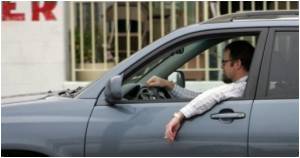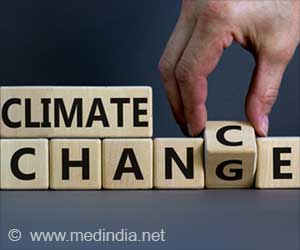Temperatures continue to increase from heat-trapping gases in the atmosphere, road deaths are likely to increase more than expected in the U.S.

‘Death rates increase steadily as temperatures rise, not only because more people drive on warmer days, but other road users are more likely to be out about on foot or on bikes as well.’





But a national survey of observed cell phone use by drivers found no change in use between 2014 and 2015, which also happened to be an exceptionally warm year in the US.This prompted the researcher to ponder whether warming of the atmosphere might be behind the figures.
He therefore looked at two sets of data to assess the potential association between temperature and rainfall on the annual miles driven per person in urban areas and risk of death per head in the 100 most densely populated counties in the US.
The average annual temperature increased 1.5 degrees Fahrenheit from 2014 to 2015 in the areas studied.
Vehicles were driven an average of 60 extra miles per year per person for each degree increase in temperature, and they were driven an average of 66 additional miles for each additional inch of rainfall.
Advertisement
Conversely, the death rate was lower in households with higher average income, possibly because drivers are able to afford more up to date models equipped with more safety features, suggests the researcher.
Advertisement
Death rates increase steadily as temperatures rise, not only because more people drive on warmer days, but other road users are more likely to be out about on foot or on bikes as well, he says.
Comparison of the number of deaths that would be expected from the temperature changes and the actual numbers suggests that most of the reversal in the death rate in 2015 was related to increases in temperature in the counties where this occurred.
Although the increase in temperature from 2014 to 2015 was unusual for a single year, it is consistent with known effects of heat trapping gases from burning fossil fuels, says the researcher.
This is an observational study so no firm conclusions can be drawn about cause and effect, but the correlation of mileage and temperature suggests a classic vicious circle whereby higher temperatures equal more miles driven, leading to more CO2 emissions, which in turn lead to higher temperatures," he explains.
"As temperatures continue to increase from heat-trapping gases in the atmosphere, road deaths will likely increase more than expected unless there are major mitigating countermeasures," he concludes.
Source-Eurekalert











